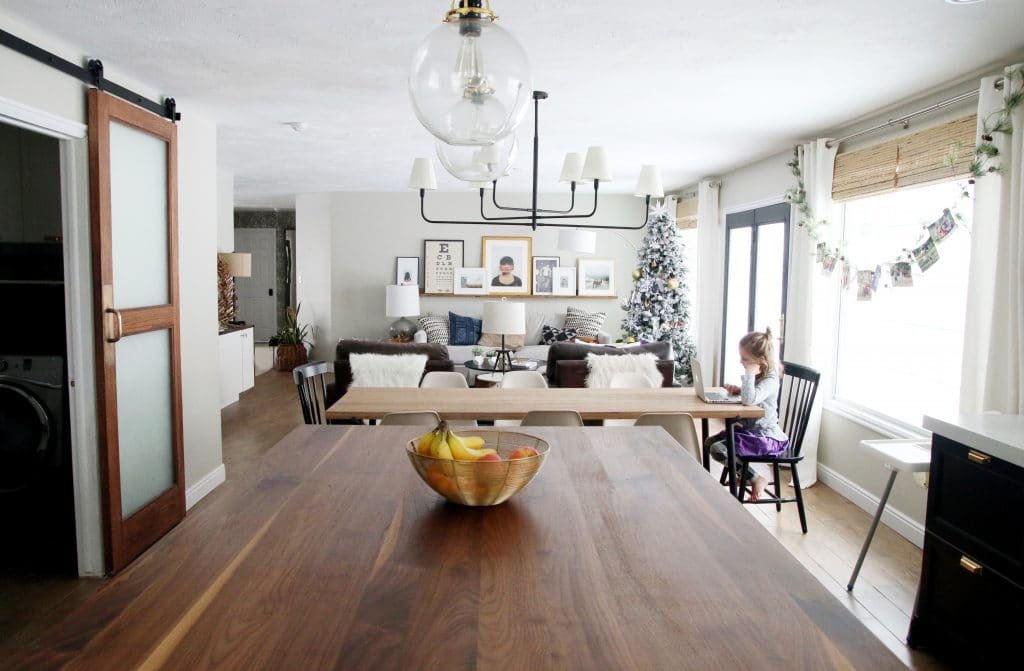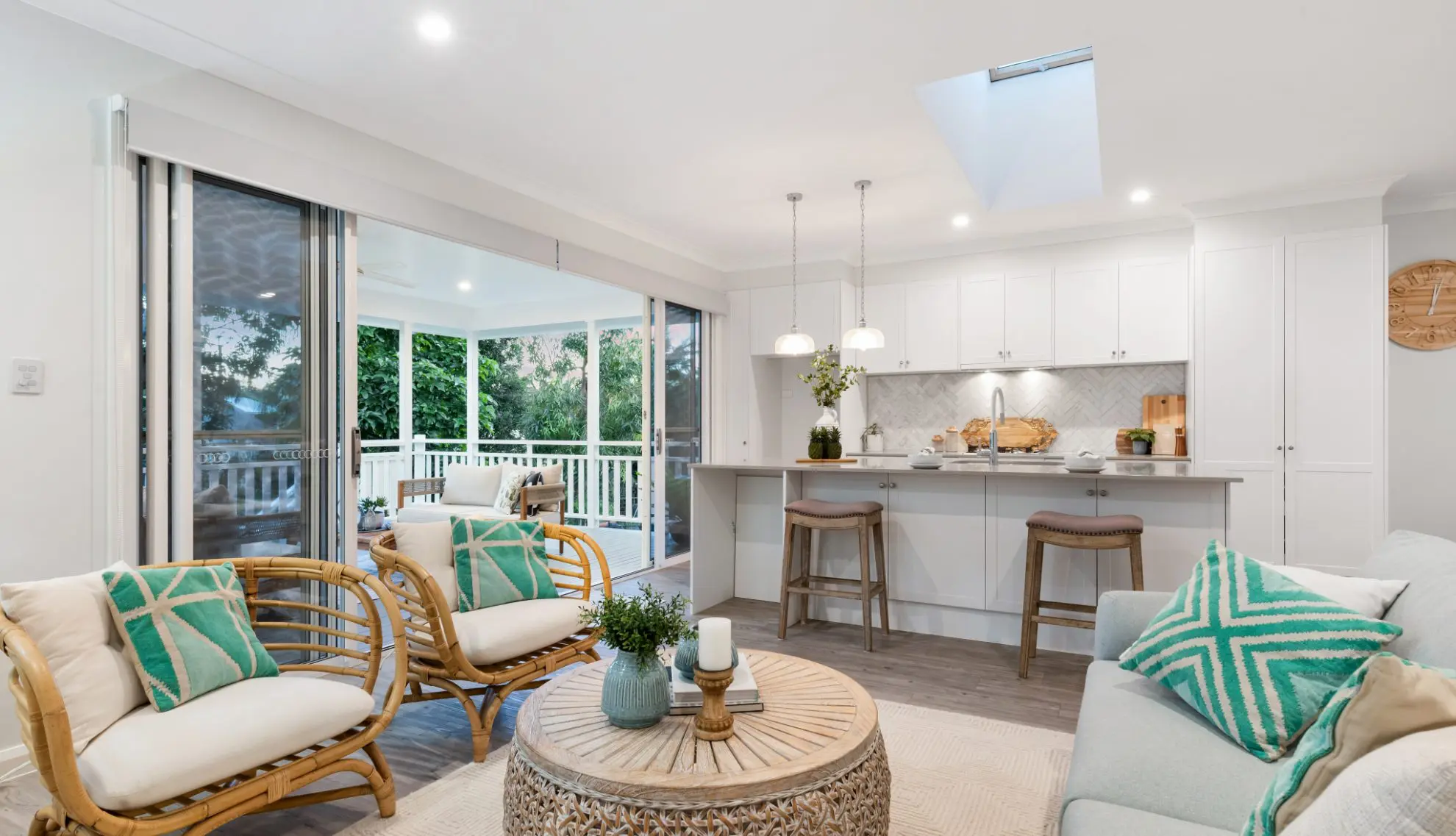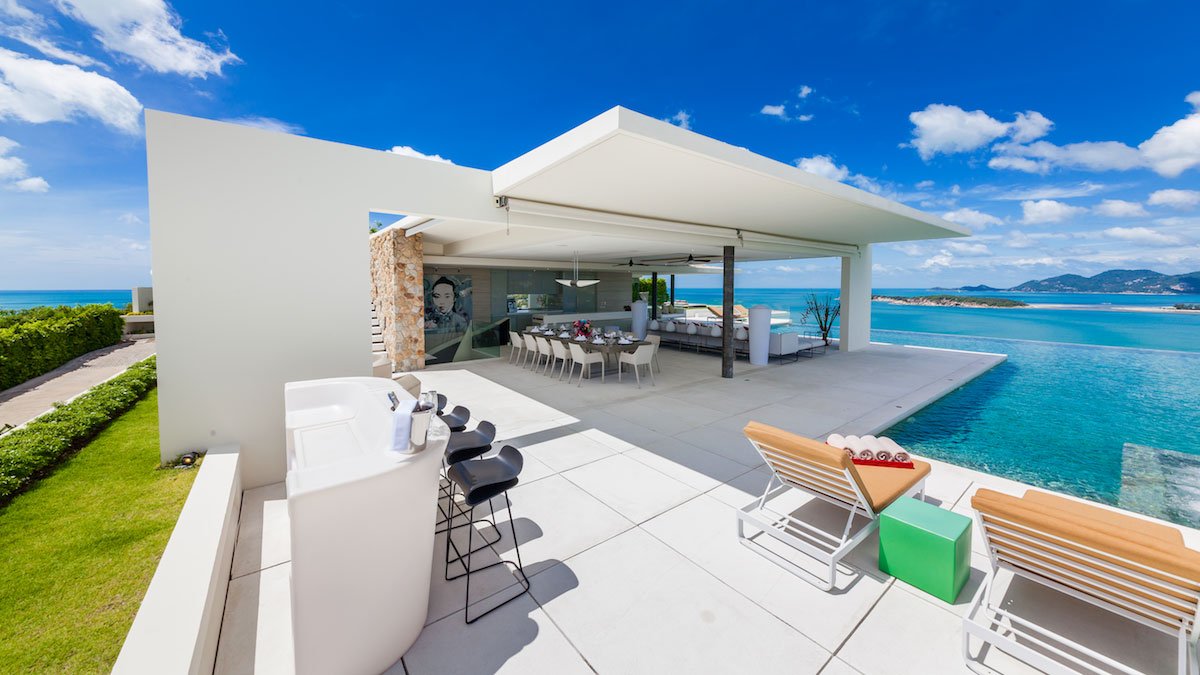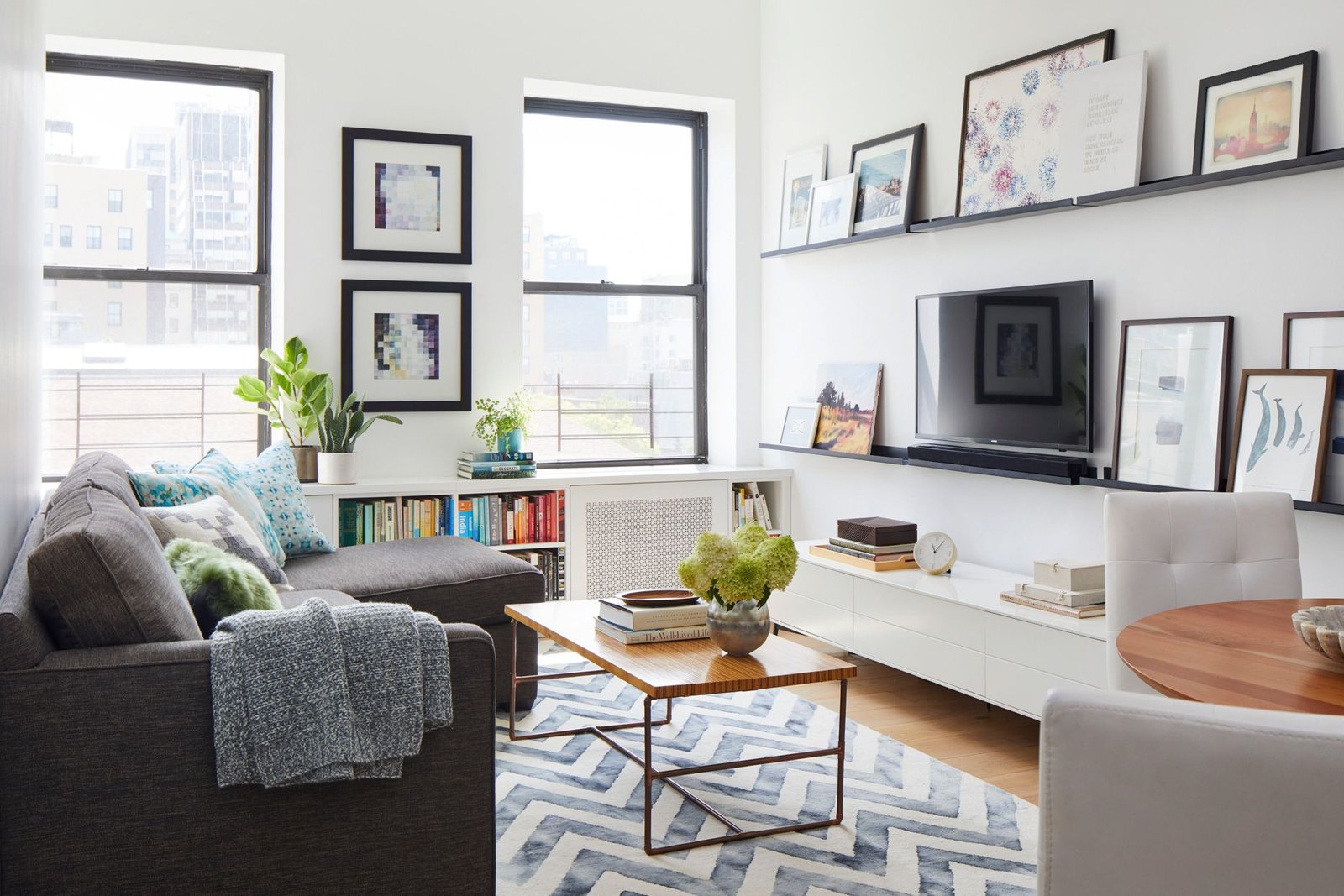Open-concept apartments have gained popularity in recent years for their airy, expansive feel and modern aesthetic. However, like any living arrangement, they come with their own set of pros and cons. If you’re considering moving into an open-concept apartment, here are some factors to weigh:
Pros of Open-Concept Apartments
- Spaciousness and Airiness: One of the primary advantages of open-concept apartments is the sense of space they provide. By eliminating walls between the kitchen, living, and dining areas, these layouts create a seamless flow that can make smaller apartments feel larger and more expansive.
- Natural Light: Without interior walls blocking light, open-concept apartments often benefit from enhanced natural light distribution throughout the space. This can contribute to a brighter, more inviting atmosphere and reduce the need for artificial lighting during the day.
- Flexible Design Options: The open floor plan allows for more flexibility in furniture arrangement and interior design. Homeowners can easily customize their living space to suit their lifestyle, whether it’s creating a cozy reading nook or hosting larger gatherings without feeling confined.
- Social Interaction: Open-concept layouts promote social interaction by allowing easier communication between different areas of the apartment. Whether you’re cooking in the kitchen or relaxing in the living room, you can stay connected with family members or guests.
- Modern Aesthetic: Many people are drawn to the contemporary look and feel of open-concept apartments. The uninterrupted lines and cohesive design appeal to those who prefer a minimalist or modern aesthetic.

Cons of Open-Concept Apartments
- Lack of Privacy: One of the most significant drawbacks of open-concept living is the potential for reduced privacy. With fewer walls, activities in one area of the apartment can be heard and seen from other areas, which may not be ideal for individuals or families seeking private spaces.
- Noise Concerns: Open-concept layouts can amplify noise levels within the apartment. Activities such as cooking, watching TV, or entertaining guests may create more noise that carries throughout the space, potentially disrupting others or compromising quiet moments.
- Limited Storage: The absence of walls can also mean fewer built-in storage options. Without designated rooms or closets, residents may need to get creative with storage solutions to keep their living areas organized and clutter-free.
- Challenges with Temperature Control: Maintaining consistent temperatures throughout an open-concept apartment can be challenging. Heat or air conditioning may not circulate evenly, leading to hot spots or cold drafts in different areas of the space.
- Less Defined Spaces: Some people prefer clearly defined rooms for specific functions, such as a separate kitchen, dining room, or study area. Open-concept layouts can blur these boundaries, making it harder to create distinct zones for different activities.
Is an Open-Concept Apartment Right for You?
Deciding whether an open-concept apartment suits your lifestyle depends on your personal preferences and priorities. If you value spaciousness, natural light, and a modern aesthetic, an open floor plan could be an attractive option. However, if privacy, noise control, and clearly defined spaces are essential to you, you may prefer a more traditional layout with distinct rooms.
Ultimately, visiting different apartments and experiencing the layout firsthand can help you determine what feels most comfortable and functional for your daily life. Whether you choose open-concept living or a more compartmentalized design, creating a home that reflects your needs and preferences is key to enjoying your living space to the fullest.











